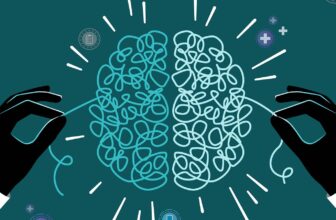What is Sensory register or Sensory menory?
Sensory register, also called sensory memory, refers to the first and most immediate form of memory we have. The sensory register is our ultra-short-term memory that takes in sensory information through our five senses (sight, hearing, smell, taste and touch) and holds it for no more than a few seconds. Our senses are engaged when we are exposed to a stimulus or something that causes a sensory response, such as a strong odor.
It is the sensory register that enables us to remember sensory stimuli after our exposure to the stimuli has ended. A stimulus in an environment is held momentarily in the sensory register. Iconic storage is for visual sensory register, and echoic storage is for auditory sensory registration.
Sensory registers hold information for a split second allowing a mental model or presentation to be formed for further processing. Many of the stimuli register briefly without further processing or storage. Therefore, these stimuli will not be remembered. Other information is passed along to Short-Term Memory (STM), which stores information for roughly 20-30 seconds. Some information is further processed/encoded and passed on to Long-Term Memory (LTM). The memory in LTM may last a lifetime.
Not all information follows the path. Some information in sensory registers may enter long-term memory without passing short-term memory or without conscious processing/encoding.
For example, while we are walking, things entered in our visual field are held in the iconic storage (sensory register). If we recognize, say, a notice on the wall, the information is held in short-term memory. As we read and understand the information, as the encoding of the information occurs, the information is passed to long-term memory.
The information can be retrieved at later time. Some things entered in our visual field may be implicitly held in long-term memory. For example, if we notice a strange shape for a split second, we may not think of it at all. However, later we may recognize a similar shape and wonder it looks familiar: the shape was passed to long-term memory without our conscious effort to encode the information.



